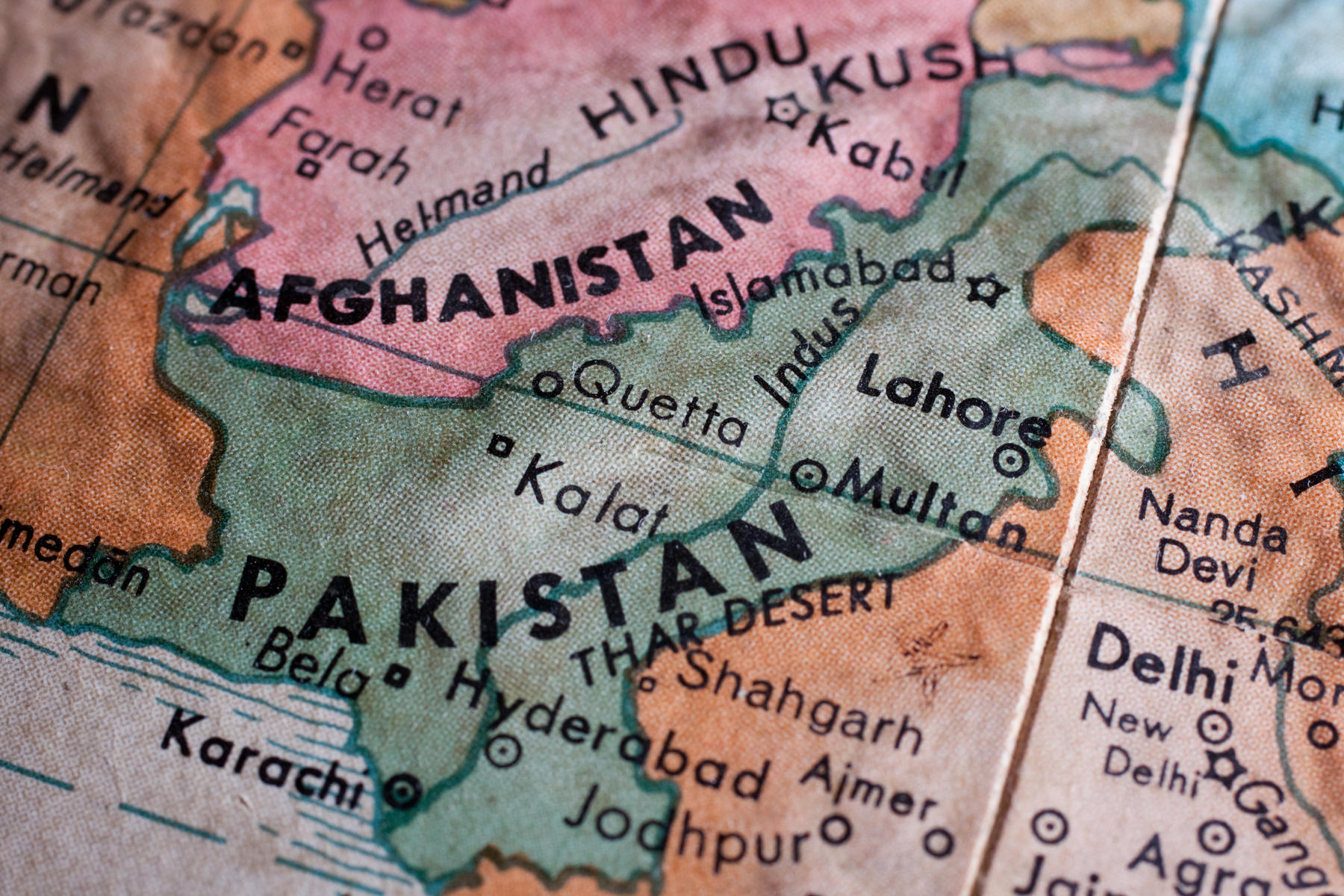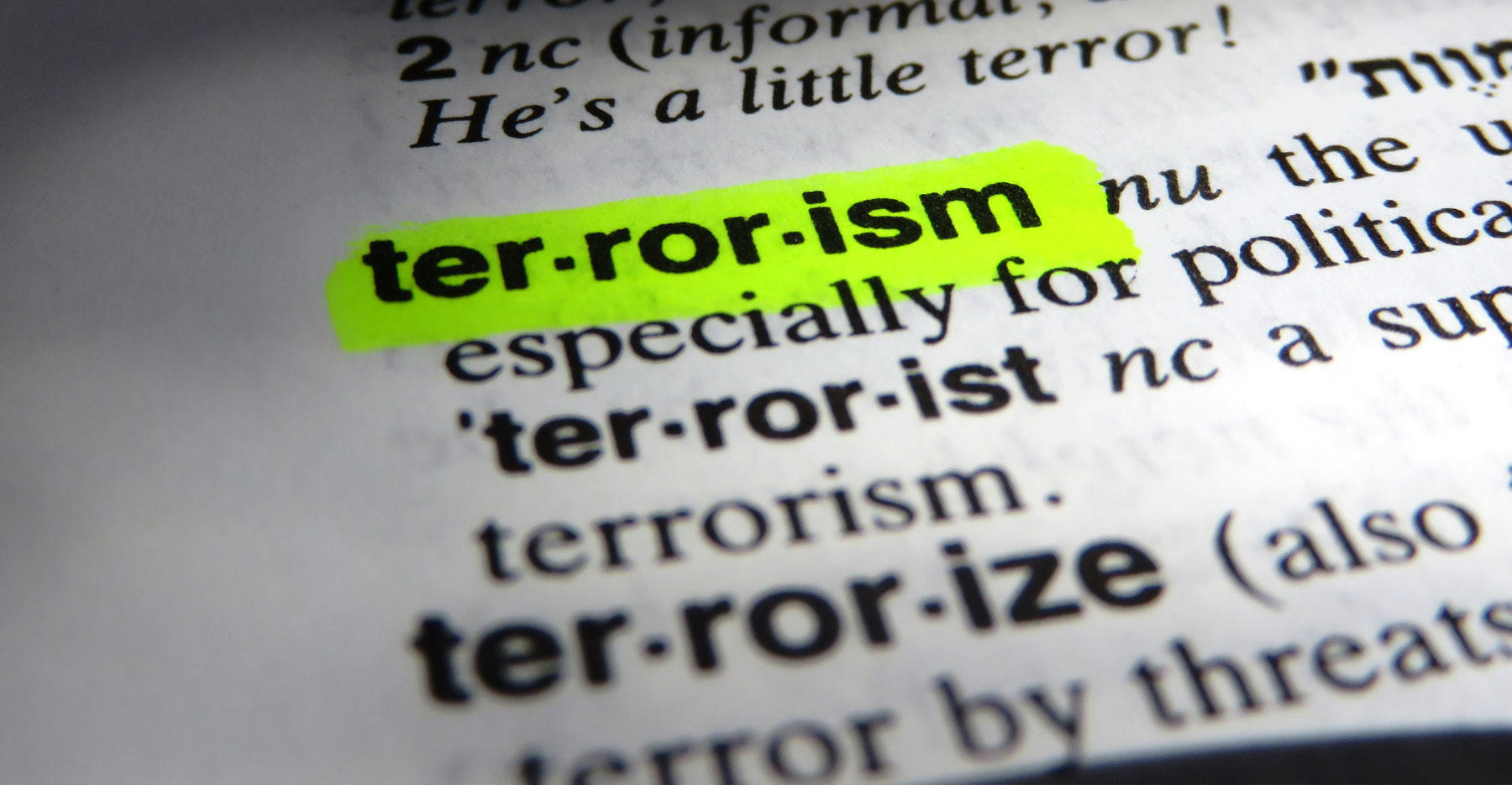US Country Report on Terrorism highlights continued Pakistani focus on India and the grim state of Taliban-ruled Afghanistan
03-03-2023
The Country Report on Terrorism 2021 that was released by the Bureau of Counterterrorism of the United States (US) on 27 February has come at a difficult juncture for Islamabad. The report, which made a note of Pakistan’s continued involvement in terrorism, came at a time that the country is so deep in crisis that the country’s Prime Minister Shehbaz Sharif felt it pertinent to mention at a high-level National Apex Committee meeting that had been organized on 24 February to formulate a strategy to deal with the rising incidents of terror attacks, that Pakistan was being isolated and no country was coming forward to help unconditionally. He warned that “The cooperation by friendly countries is no less than Allah’s blessing, but the foremost priority should be to put our own house in order otherwise no one would come up to help”. Separately, Pakistani media reports have suggested that the ongoing economic crisis and the scarcity of basic food items have severely affected the Pakistan Army, which historically has been the institution that conceived and implemented the strategy of using terrorist assets in furtherance of territorial and political goals. The graveness of the situation has reportedly led to a condition where several military field commanders were constrained to discuss the food supply and logistics problems with the Chief of Logistic Staff and the Director General Military Operations, who in turn have briefed Army Chief General Asim Munir.
Externally, the US-led West has shown signs of a significantly hardened outlook towards Pakistan’s involvement in terrorism, and since the US and its allies departed from Afghanistan in 2021, there has been much less tolerance of it. This was evidenced in the 28 February statement of US presidential hopeful Republican Nikki Haley in which she promised a big shake-up of America’s foreign policy if she gets elected to power next year. She tweeted, “A weak America pays the bad guys: Hundreds of millions to Pakistan, Iraq, and Zimbabwe last year alone. A strong America won’t be the world’s ATM”. Similarly, the terror financing watchdog, the Financial Action Task Force (FATF), miffed at designated terrorists who had ostensibly been tried and imprisoned by the Pakistani State being filmed recently while openly attending the funeral of slain fellow terrorists, reminded Pakistan this past week that despite Islamabad exiting the FATF’s grey list in October last year, the country was still under close watch and monitoring by the watchdog.
In its findings on individual countries in South Asia, the US Country Reports on Terrorism observed that in Afghanistan, Islamic State of Iraq and Syria (ISIS), elements of Al Qaeda (AQ), and regionally focused terrorist groups maintained an active presence and conducted terrorist activities. Despite taking significant losses from US and NATO forces in recent years, ISIS Khorasan (ISIS-K) continued to conduct terrorist attacks against civilians and the Taliban. It often targeted vulnerable minority populations such as Hazara Shias to spread fear and sow divisions in Afghan society. In November 2021, the United Nations (UN) said that there had been 334 attacks attributed to ISIS-K so far in that year, compared with 60 in 2020, and assessed that ISIS-K had roughly 2,000 to 3,000 fighters and was present in nearly all the country’s provinces. AQ and its regional affiliate AQ in the Indian Subcontinent (AQIS) continued to have a presence in Afghanistan. Haqqani Network members and key leaders also assumed formal and informal roles within the Taliban. Also, terror groups targeting Pakistan, such as the Tehreek-e-Taliban Pakistan (TTP), continued to use the Afghanistan-Pakistan border region as a safe haven. Although the Taliban committed to preventing terrorist groups from using Afghanistan to stage attacks against the US or others, the extent of its ability and willingness to prevent AQ and ISIS-K from mounting external operations remained unclear, the report assessed.
Having decided against according any form of recognition to the Taliban regime, the report revealed that the US discontinued funding of counterterrorism support to Afghanistan following the Taliban takeover. The US did, however, closely track Taliban efforts to counter terrorist groups in Afghanistan and condemned reports of brutal tactics.
On Bangladesh, the US report observed that in 2021 incidents causing injury and death derived from hate-based communal protests and political differences occurred, with some violent extremist group involvement. Terrorist groups increased recruitment and funding activities online. Prime Minister Sheikh Hasina re-emphasized Bangladesh’s zero-tolerance policy on terrorism. Meanwhile, US-trained Bangladesh police units’ arrests of terrorist suspects prevented some attacks, although elements of the security forces have been accused of human rights violations. The Counterterrorism and Transnational Crime Unit (CTTCU), the Anti-Terrorism Unit (ATU), and the Rapid Action Battalion (RAB) continued raids and arrests against suspected militants. The CTTCU investigated 40 cases and made 85 arrests, most in Dhaka. The ATU, though not yet leading Bangladesh’s CT efforts, increased its capacity and reportedly investigated some 75 cases.
In the section on Countering Violent Extremism (CVE), the report noted that Bangladeshi violent extremist groups tended to draw ideological inspiration from ISIS, though increased online chatter indicated that the Taliban and Al-Qaeda had expanded their influence. Following a 2019 joint UN/USAID conference to jumpstart the process, the police, academics, civil society organizations, and others continued drafting a National Counterterrorism Coordination Strategy. The CTTCU, think tanks, the UN, and universities conducted CVE-related research on topics such as social profiling, motivating factors, and female radicalization. CTTCU led district-wide community engagement awareness workshops to counter extremism. Four US-funded NGOs also conducted nationwide CVE programming for youth.
On India, the report said that terrorism had affected Jammu and Kashmir (J&K), the northeastern states, and parts of central India. Terrorist groups active in India included the Pakistan-backed Lashkar-e-Taibah, Jaish-e-Mohammed and Hizbul Mujahideen. Others included the ISIS, Al Qaeda, Jamaat-ul-Mujahideen, and Jamaat-ul-Mujahideen Bangladesh. Terrorist tactics showed a shift toward attacks on civilians and greater reliance on improvised explosive devices (IEDs), including an explosives attack using drones on an air force base. During the year, there were 153 terrorist attacks in J&K, causing 274 deaths that included 45 security personnel, 36 civilians, and 193 terrorists. Other notable attacks included one in Manipur on 1 November in which the People’s Liberation Army of Manipur and Naga People’s Front killed seven persons in an ambush, including an Indian Army officer and with his wife and minor son.
The report noted that the Indian government had made significant efforts to detect, disrupt, and degrade operations of terrorist organizations. It pointed out that significantly, India had expanded the number of state-level Multi-Agency Centers (MACs) to strengthen sharing of intelligence among state and federal agencies. Further, in October 2021, the US and India held the 18th meeting of the Counterterrorism Joint Working Group. Stressing the close counterterrorism cooperation that existed between New Delhi and Washington D.C., the report informed that India had responded promptly to US requests for information related to terrorism investigations and made efforts to mitigate threats in response to US information. It added that collaborative efforts to disrupt terrorist travel continued, and alerts were issued to US authorities for possible threats in the US and against US interests.
It was also pointed out that India’s defense relationships with Canada, France, Russia, and the United Kingdom (UK) extended to counterterrorism issues, and that India’s military exercises with most countries, especially with neighbours such as Nepal, incorporated CT elements. Further, in November, as part of the Quad with the US, Australia, and Japan, India hosted a Counterterrorism Tabletop Exercise that addressed international CT responses. India also shared counterterrorism information with Bangladesh, the Maldives, and Sri Lanka.
The report, however, pointed out that Indian law enforcement, including border security forces, faced budgetary, staffing, and equipment constraints. Capacity to patrol and secure extensive maritime and land borders was improving, but was not yet adequate given India’s extensive coastline.
The US report on Pakistan, while naming the TTP and the Balochistan Liberation Army (BLA) as major terrorist groups that were focused on conducting attacks within Pakistan, observed that these groups attacked both military and civilian Pakistani targets. It asserted that “Although Pakistan’s National Action Plan (NAP) calls to ‘ensure that no armed militias are allowed to function in the country,’ several UN- and US-designated terrorist groups that focus on attacks outside the country continued to operate from Pakistani soil in 2021, including the Haqqani Network, Lashkar-e-Tayyiba (LeT), and Jaish-e-Mohammed (JeM). Although Pakistan took some steps in 2021 to counter terror financing and to restrain some India-focused militant groups, authorities did not take sufficient action to dismantle them. In September, Pakistan successfully prosecuted JeM founder Masood Azhar in absentia and JeM leader Abdul Rauf Azhar; however, LeT and JeM continue to operate within Pakistan”. In further criticism of Islamabad, the report underlined that it had made “meager progress on the most difficult aspects (of the NAP) — specifically its pledge to dismantle all terrorist organizations without delay or discrimination”.
The report also pointed out that “Some madrassas continued to teach extremist doctrine. While the government continued efforts to increase madrassa regulation, some analysts and madrassa reform proponents observed that many madrassas failed to register with the government, provide documentation of their sources of funding, or comply with laws governing acceptance of foreign students”. It drew attention to the fact that “In 2018, Pakistan was designated a Country of Particular Concern (CPC) under the International Religious Freedom Act of 1998. It was re-designated a CPC in 2019, 2020, and 2021”.
Also in 2018, the FATF identified Pakistan as a jurisdiction with strategic deficiencies in its anti-money laundering and counter-terrorist financing (AML/CFT) regime and placed the country on the FATF grey list. The US report noted that Pakistan continued to remain on the FATF grey list in 2021, and the country continued to face significant money-laundering and terrorist financing risks. It added, “Several terrorist organizations, including UN-listed groups, operated in Pakistan, raising funds through a variety of means including direct support, public fundraising, abuse of non-profit organizations, and through criminal activities. Funds were moved through formal and informal (hawala/hundi) channels. Pakistan’s geographic landscape and porous borders increase its vulnerability to terrorist financing and heighten Pakistan’s risks”.
Although the FATF removed Pakistan from its grey list last year, many experts felt at the time that the step may have been premature as it would only encourage Pakistan to return to its dubious ways. A video of Hizbul Mujahideen leader and US-designated terrorist Syed Salahuddin, flanked by heavily armed Pakistani soldiers, recently leading a funeral prayer has again raised these questions. The funeral was believed to be that of Bashir Ahmad Peer, a self-styled commander of Salahuddin’s outfit who was shot dead by unidentified assailants in Rawalpindi. Not only was Salahuddin seen roaming freely in the streets, he was also recorded pledging to a cheered crowd that he would destroy India.
Attempting to address the questions that the video raised, FATF President T. Raja Kumar said to the media on 24 February after a five-day plenary meeting in Paris that “I will not speculate on specific media reports. But I think what is important is to emphasize that there continues to be, you know, monitoring of Pakistan’s progress by the Asia Pacific group”. He added, “I would urge Pakistan to continue to address its remaining Action Plan items to fully complete them, as well as to make sure that it sustains its commitment and continues to enhance its Anti-Money Laundering/Combating the Financing of Terrorism systems”.
The US report and the FATF’s observations chronicle how Pakistan, despite being engulfed in several serious crises in practically all sectors – social, political, economic and security – continues to remain duplicitous and deeply involved in promoting terrorism directed against its neighbours, particularly India, a course of action that is more likely to compound its problems than alleviate even a single one of them.



